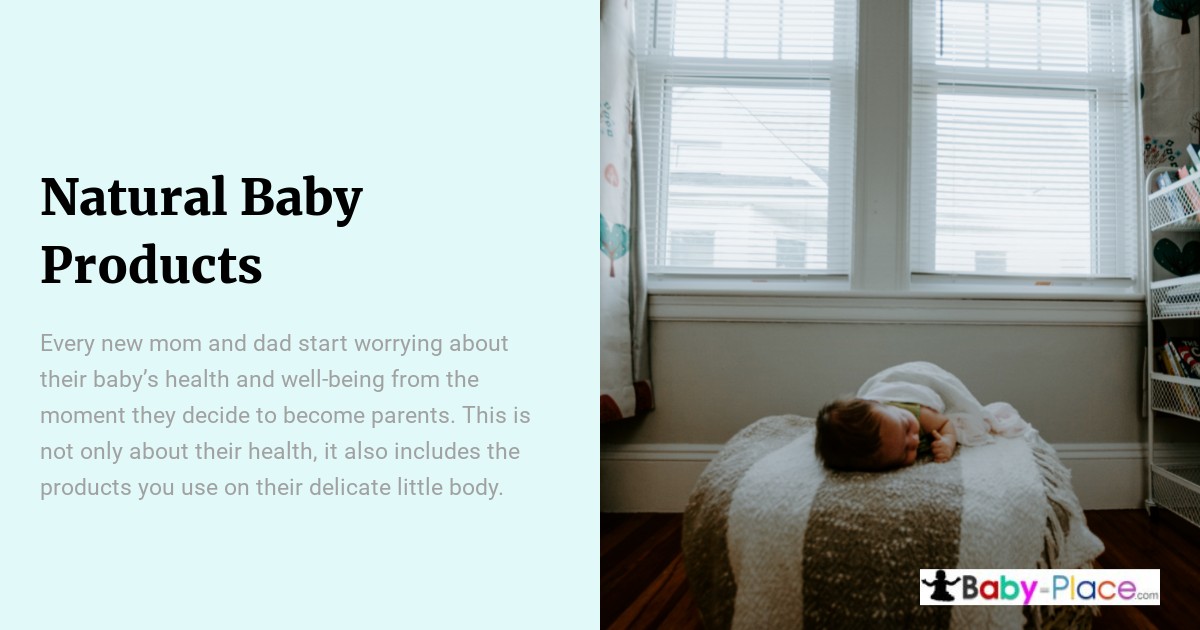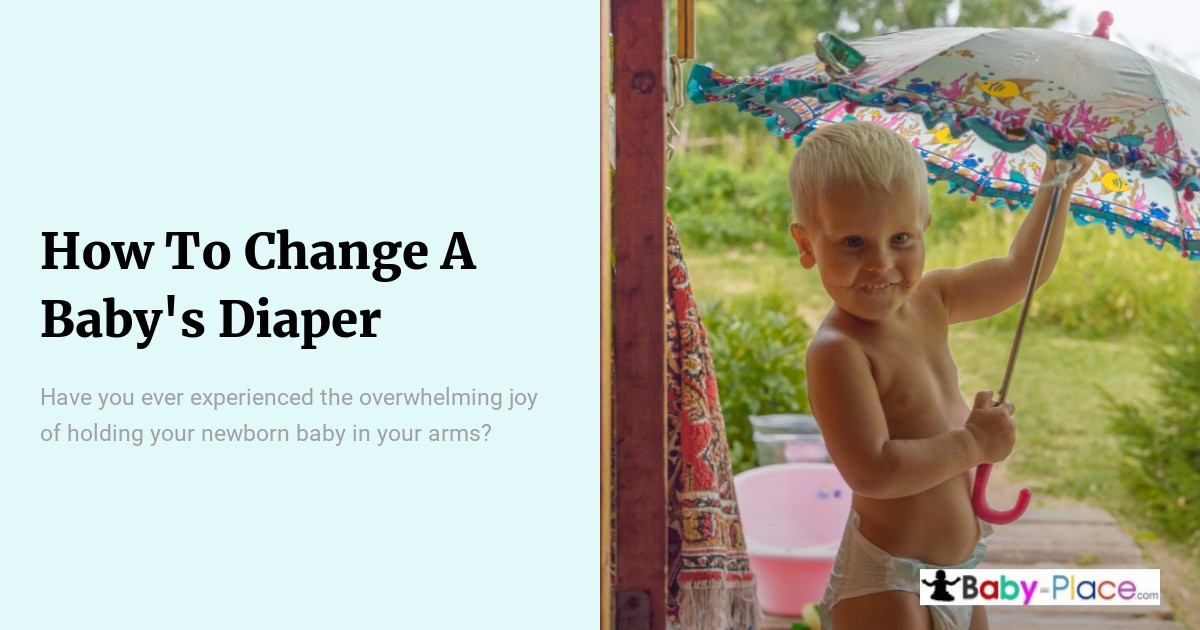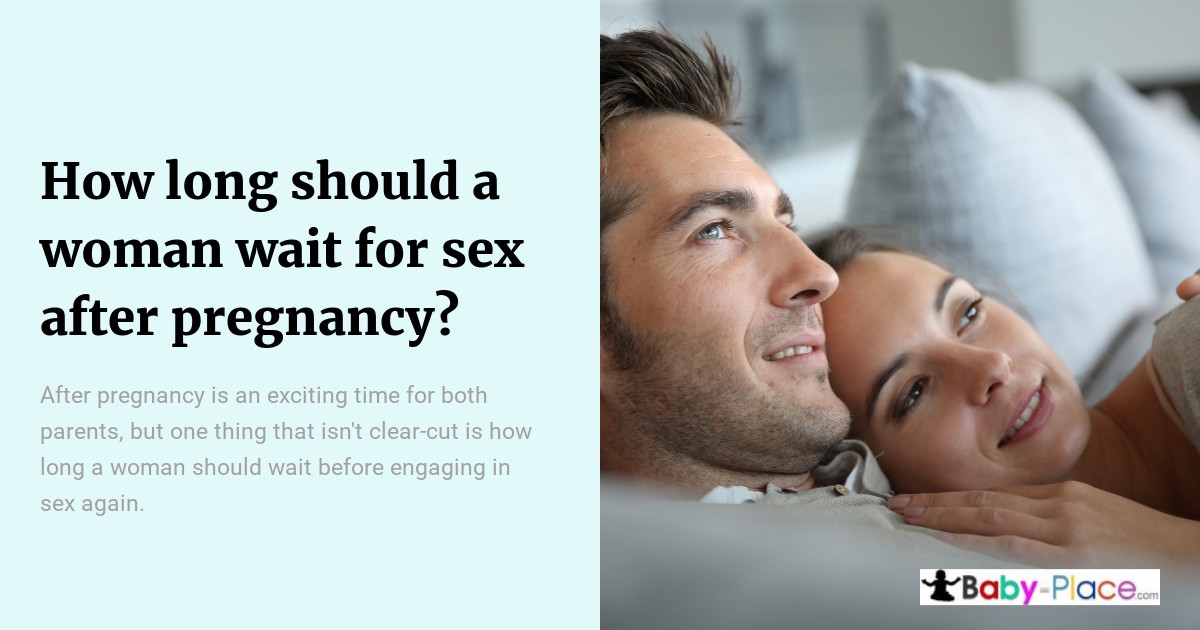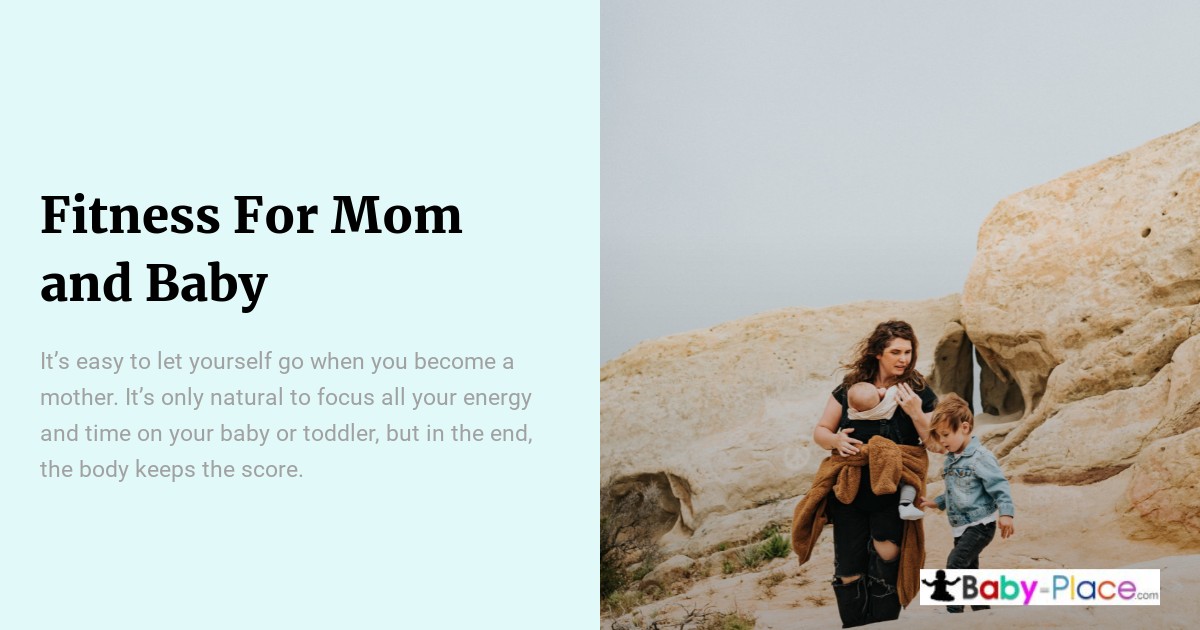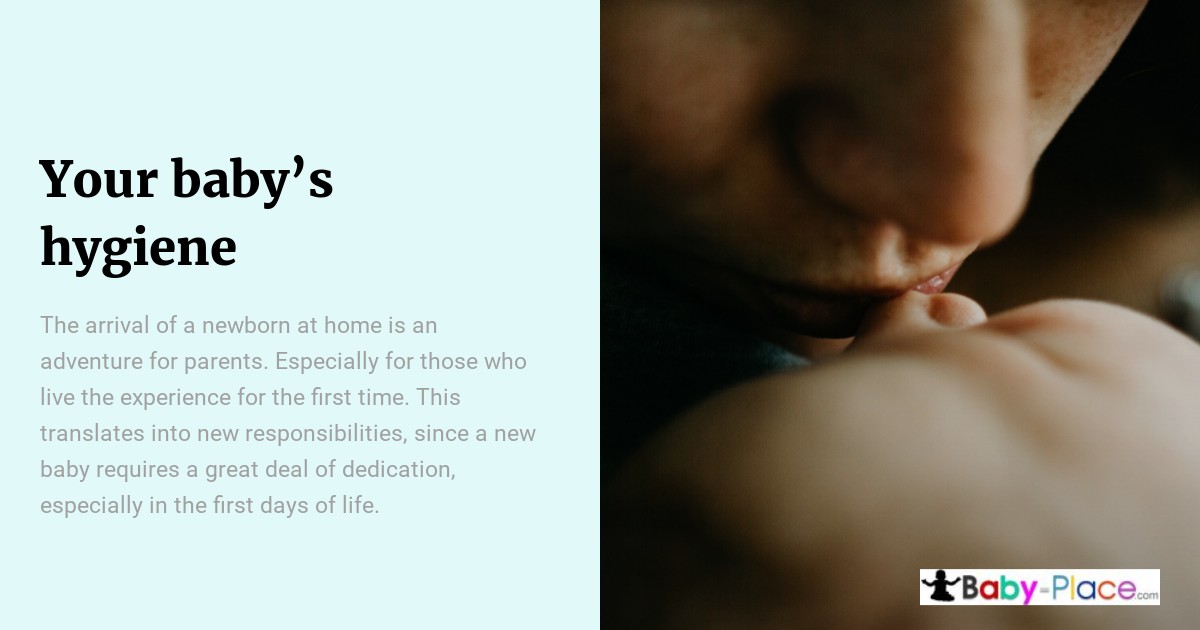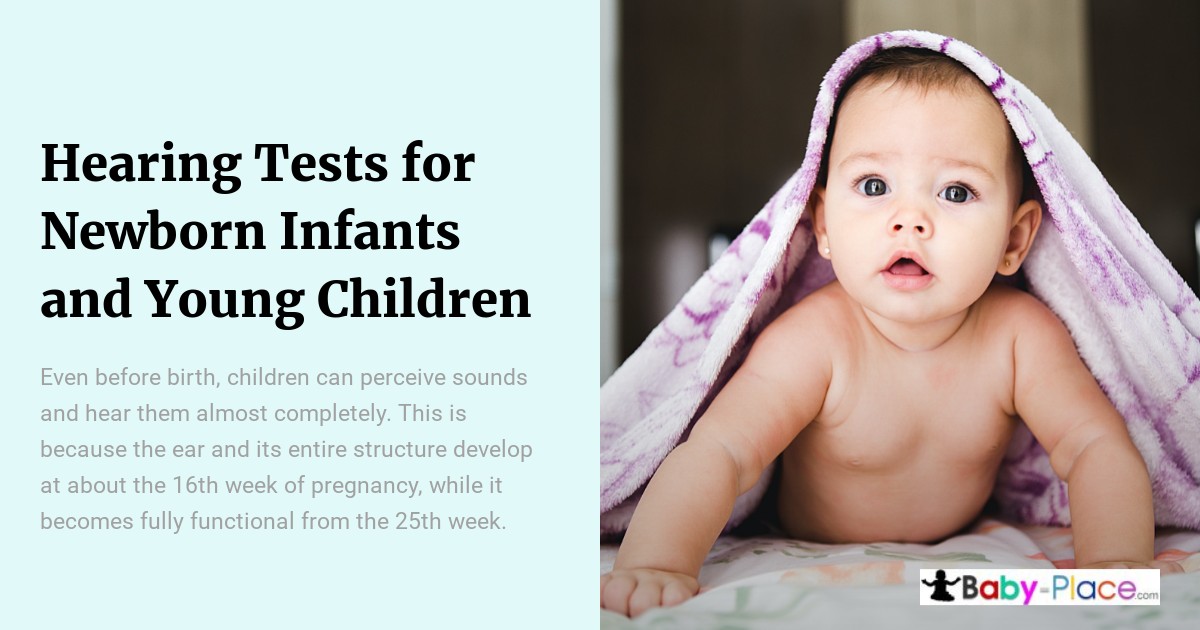
Even before birth, children can perceive sounds and hear them almost completely. This is because the ear and its entire structure develop at about the 16th week of pregnancy, while it becomes fully functional from the 25th week. Many mothers even use classical music as part of the stimulation for the baby during pregnancy. Thanks to the sounds they perceive from their surroundings, children begin to articulate their first words.
Children learn by imitation, this is how they emit sounds and learn words that their parents or primary caregivers say. Statistically, there are at least two children out of every 1,000 born in the United States who may have a detectable hearing problem in one or both ears. This can pose a serious developmental difficulty for the child. Hearing loss can affect a child’s ability to develop speech, language, and social skills. The sooner children with hearing loss receive help, the more likely they are to achieve their full potential.
While hearing loss cannot be prevented, it can at least be detected early. For this purpose, hearing tests for newborns and young children are available to detect hearing impairment in the child so that appropriate measures can be taken in time.
What hearing tests for newborns and young children consist of?
Newborns and younger children do not receive the same medical evaluation. To assess the hearing ability of a newborn, two different tests can be performed. Neither of them is painful or uncomfortable for the baby:
Automated Auditory Brainstem Auditory Evoked Potentials (ABEP-A).
Also known as Automated auditory brainstem response or ABR screening. This is a special newborn screening, performed when the child is quiet or even asleep. An audiologist or other healthcare professional places electrodes on the scalp and behind each ear. The electrodes are connected to a computer.
Specifically, it evaluates the response to the sound of the hearing nerve and the brainstem, which, under normal conditions, carry sound from the ear to the brain. To do this, earphones are placed around each ear or a small device is placed in the ear canal of both ears and the signals that reach the brain are picked up by electrodes placed on the baby’s head. The electrodes attach and detach easily, without causing discomfort.
The results are then fed into a computer as the electrodes measure the brain’s response to sounds and allow the results to be displayed in concrete.
Otoacoustic emission.
This hearing test evaluates whether certain parts of the ear respond to sound. For this purpose, a small earphone-shaped probe made of soft foam is inserted into the baby’s ear canal, which emits a series of sounds and measures the response in an area of the ear called the cochlea.
This newborn hearing screening is usually administered before leaving the hospital. But it may not always give an accurate result because in some cases hearing may not be fully developed. If the newborn does not pass this test, it does not always mean that he or she has a serious or long-term hearing loss. It is only an indicator that you should pay attention to your baby’s hearing and also that you should repeat the test in the next three months.
On the other hand, most children should have their hearing tested at routine medical checkups. An examination of the ear to check for excessive wax, fluid, or, signs of infection should be included in the regular physical examination.
Remembering that hearing assessment and intervention should be repeated at least every three months, young children can also be tested as mentioned above, but there are other options as they grow older that may be more appropriate for their development.
Acoustic reflex.
Also called the middle ear muscle reflex test (MEMR), this test consists of evaluating the automatic response of the ear to any loud noise. In a person with normal hearing, there is a very small muscle inside the ear that contracts when loud sounds are heard. This is known as the acoustic reflex. It happens automatically, without noticing it. During the test, a physician or a hearing services specialist will place a small soft rubber device in the child’s ear, through which a series of loud sounds will be sent, which will be recorded by a machine that will show whether the child’s ear shows the acoustic reflex or not.
Sometimes, if the child has a hearing impairment or slight hearing loss, the specialist can have the sound emitted by the machine recorded by a machine that will show whether the child’s ear shows the acoustic reflex or not.
Sometimes, if the child has a hearing problem or slight hearing loss, the specialist can make the sound emitted by the machine louder so that the reflex is fully activated.
Pure tone hearing test.
This test is also known as audiometry. In this test, the specialist will place headphones according to the child’s size through which sounds will be emitted from a low volume to a higher volume to evaluate the child’s different reactions. If the child is already able to understand, speak or express him/herself, he/she may be asked to respond when he/she hears a sound. In this way, the specialist will be able to evaluate at what volume the child’s response or reaction is obtained and the different frequencies he/she can hear.
However, this test is more recommended for children from the age of two, since in some cases, the child’s response is necessary and a young child may not understand the instructions.
Phrase and word recognition
Like the previous test, this does not apply as a newborn hearing screening, since it is more recommended for children from 2 and 3 years of age when the child can already understand spoken language.
For this test, headphones are placed on the child, through which the audiologist will send a series of words that will be read slowly and that the child will have to repeat.
This type of test can even be performed with background music since many people with hearing disorders report that they hear less when they are in a noisy environment. In addition, the specialist can also use the lowest possible tone or speak louder, also to evaluate the volume at which the child responds best.
The specialists of the American Academy of Pediatrics recommend more detailed hearing tests at 4, 5, 6, 8, and 10 years of age. However, if the child shows signs of a slight hearing loss or hearing impairment, testing should be done more often.
Tests with tuning forks
The use of tuning forks is useful as a first diagnostic approach, as it is a non-invasive and straightforward examination technique.
The tuning fork is taken by its foot and one of its branches is struck, at the height of the junction of the middle and distal third with the elbow or knee of the explorer. The instrument should not be struck with a metal object. If the tuning fork branches are touched while vibrating, the vibration will be damped or cease.
For airborne sound transmission, the tuning fork is placed vibrating in front of the ear, so that one branch faces the explorer and the other faces outward, and at a constant distance.
To explore the hearing of the tones by the bones, the foot of the tuning fork is placed in the mastoid region, vertex, or between the upper and lower incisor teeth.
Some of the most frequent tests include:
- Rinne’s test: this is the most frequently performed in clinical practice. This test assesses the differences in the perception of the intensity of a sound between the airway and the bony pathway of each ear separately. A Rinne-positive young child will have a better perception through bones than by airway, while a Rinne-negative child will have a better hearing by airway.
- The Weber test: this test defines the type of hearing loss when the hearing impairment is of a different degree in each ear since it compares the perception of the bone conduction of each ear. This test allows for a quick adjustment to cochlear implants or a hearing aid.
- The Schwabach test: this hearing screen assesses bone conduction. The tuning fork is placed on the mastoid of the patient who must say at what moment he/she stops perceiving the sound. Immediately after, the tuning fork is applied to the mastoid of the explorer and it is verified if the sound is perceived or not. We compare how long the sound was perceived by the child and the explorer.
Why are hearing tests necessary for newborns and young children?
Routine hearing tests are recommended for most infants and children to prevent a hearing condition or hearing loss that may hinder proper development.
In addition, hearing tests for newborns and young children allow for early detection of hearing conditions that may become apparent as the child grows.
In addition, it should be emphasized that early detection of partial or total hearing loss will allow the child to learn the language (spoken or sign language) during the first years of life since it is during the child’s first 3 years that the brain is developing and maturing.
This is why it is so important to assess and begin interventions for hearing loss as early as possible.
Do hearing tests for newborns and young children require any special preparation?
Early hearing detection does not require special preparation, only the willingness of the parents and child. It is necessary to try to keep the child calm at all times. In some tests, the child is even asked to remain asleep, since the child must be calm and not make many movements. In addition, it is normal for the child to feel uncomfortable and cry when faced with an external agent to his body, which could represent a difficulty for the tests and their results.
In addition, the tests do not represent any risk for the child, so they can be conscious or unconscious, and still yield results.
How are test results interpreted?
The results show whether the child has a hearing loss and whether it is conductive or sensorineural.
If diagnosed with a conductive hearing loss, the specialist may recommend medication or ear/neck surgery, depending on the cause.
If diagnosed with a sensorineural hearing loss, the results may indicate whether it is:
- Mild: the child cannot hear some sounds depending on the volume, for example, very high-pitched or very low-pitched sounds.
- Moderate: the child cannot hear many sounds, e.g. conversations in noisy environments.
- Severe: Your child cannot hear most sounds, only some frequencies or at a very high volume.
- Profound: Your child cannot hear any sounds.
Treatment and management of sensorineural hearing loss depend on the age and severity of the loss.
How do you know when to test a young child’s hearing?
In newborn babies, it can sometimes be very difficult to detect any signs or notice any symptoms of hearing loss because some sleep a lot, however, after the first month it is a little easier.
Some of the symptoms of a hearing loss in an infant are:
- Not being surprised or startled by loud noises.
- Not responding to a parent’s voice, even in the first three months of age, it is normal for an infant to respond to stimuli from primary caregivers.
- In young children, symptoms of a hearing loss include:
- Failure to turn their eyes or head toward the source of a sound by 6 months of age.
- Failure to imitate sounds or say a few simple words by 12 months of age
- Delayed speech or difficulty speaking: Most toddlers can say a few words, such as “mama” or “dada” by 15 months of age, and some can even say them by 8 to 10 months of age.
- Not responding or looking when his or her name is called.
- Not paying attention
Relevance of infant hearing
Hearing is a vital sense to detect and work early on. Research suggests that children with hearing loss who receive early help develop better language skills than those who do not. Hearing screening for newborns and young children is necessary to detect any congenital hearing loss early on. This allows a child who tests positive for a hearing condition to enter an early intervention program, with which the child will lead a normal life and develop to their full potential.
Frequently Asked Questions:
At what stage of pregnancy can a baby start to hear sounds?
The ear and its entire structure develop at about the 16th week of pregnancy, and it becomes fully functional from the 25th week. Babies can perceive sounds almost completely even before birth.
What are the common hearing tests for newborns?
The common hearing tests for newborns are Automated Auditory Brainstem Auditory Evoked Potentials (ABEP-A) and Otoacoustic Emission. These tests are non-invasive and are usually performed when the baby is quiet or asleep.
Why are hearing tests important for newborns and young children?
Hearing tests are important to detect hearing loss early, which can affect a child's ability to develop speech, language, and social skills. Early detection allows for timely interventions, helping the child achieve their full potential.
What are the symptoms of hearing loss in young children?
Symptoms of hearing loss in young children include not being startled by loud noises, not responding to a parent's voice, not turning their head toward sounds by 6 months, delayed speech, and not responding when their name is called.
How are the results of hearing tests interpreted?
The results show whether the child has conductive or sensorineural hearing loss. Conductive hearing loss may require medication or surgery, while sensorineural hearing loss is categorized as mild, moderate, severe, or profound, with treatments varying based on severity and age.

